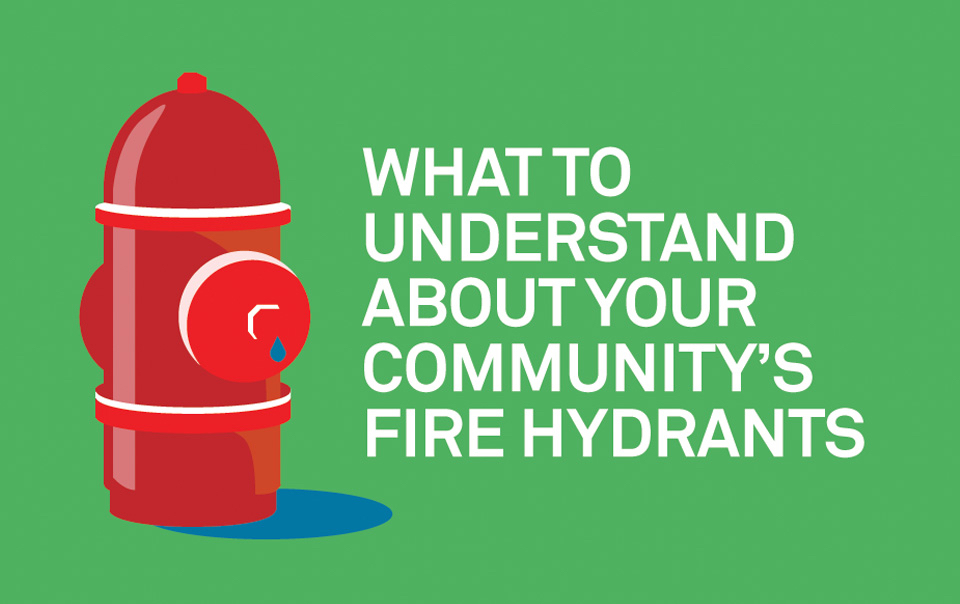Thursday February 05, 2015
.jpg?width=420&height=264) Aside from knowing to not park next to one, how deep is your knowledge of fire hydrants? Unless you’re a firefighter, it’s probably not that extensive.
Aside from knowing to not park next to one, how deep is your knowledge of fire hydrants? Unless you’re a firefighter, it’s probably not that extensive.This may not be a problem...until the unthinkable happens and you need to be confident that your fire hydrants are in good working order. But like any equipment in your community, fire hydrants need to be maintained.
Facts about community fire hydrants
- They should be inspected once a year. An annual inspection is mandated by the National Fire Protection Association’s Code 25 – and that goes for whether the hydrant is publicly or privately owned. If you’re not sure which category your hydrants fall into, talk to your township, city, fire marshal or your water company.
- You may already be paying for inspections. If your hydrants are owned by a municipality or water company, then a fire hydrant inspection fee might be built into your bill. If that’s the case, contact the city or the water company and ask about the last inspection date for your fire hydrants.
- If you own it, inspection is your responsibility. When fire hydrants are privately owned, it’s up to the association leadership to arrange for inspection. Make sure that a certified hydrant inspector does the job. If you need help finding one, a good property management company can help.
- A compliant inspection is extensive. When your certified inspector gives your fire hydrant its annual check-up, he or she will test and report water pressure, check for leaks and proper drainage, check the hydrant open direction, inspect all gaskets, check the operating nut for wear or rounding, ensure lubrication where necessary, apply Never Seize to nozzles, and check the outlets, caps and nozzles.
- Each hydrant gets an individual report. A written inspection report will be submitted to you for each hydrant, with duplicates going to the fire marshal. Part of the inspector’s documentation should also include the location of the shut-off valve, whether the hydrant requires conversion to National Standard Thread, adherence to NFPA bury standards, and notes on whether further action or repairs are required.
- Inspectors can estimate repairs, if necessary. Should your hydrant be found deficient in some way, your inspector can provide an estimate on parts and labor. Do not delay in making repairs – it could literally save a life.